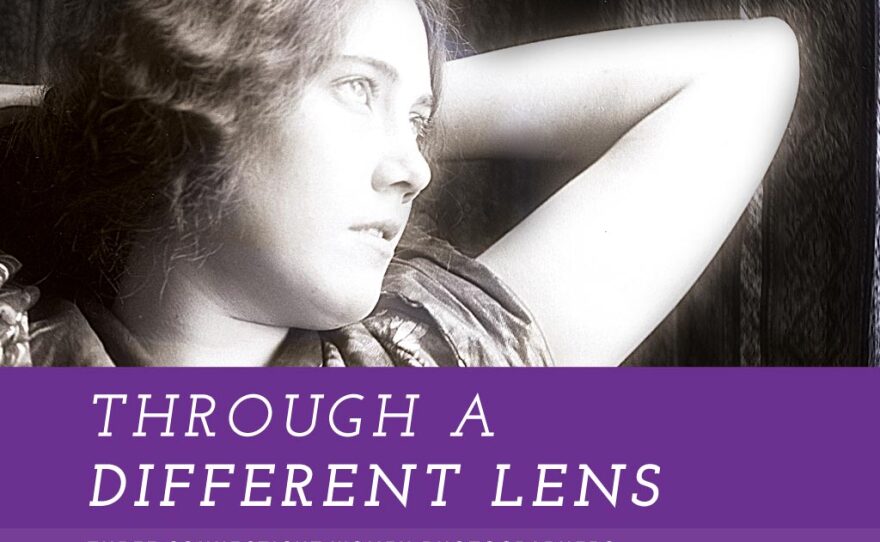Today, many people carry cameras around with them in their pockets or purses; the iPhone 4, 4s and 5 are the three most popular cameras on the photo-sharing site Flickr. With cameras all around us, it’s difficult to imagine an era in which making a photograph was a time-consuming process that required an understanding of chemistry and a willingness to cart around heavy equipment and inhale noxious fumes, but upon its invention in 1839, and for several decades after, it was just that. It remained largely a man’s domain until the 1880s, when changes in technology and society opened up the field. As photographic processes became more technologically streamlined and more affordable, middle- and upper-class women took up photography as a hobby and sometimes as a profession.
Marie Kendall of Norfolk, Connecticut, and Harriet Thorne, who had a summer home in Bridgeport, Connecticut, were two of these women. Before the turn of the twentieth century, Kendall produced portraits and photographs of the landscape, people and civic events in rural Norfolk, Connecticut, the town where her husband was a doctor. Many of her pictures of the architectural and natural features of Norfolk were sold as postcards and some were reproduced in books and magazines. Her photograph of the 1898 ice storm shows the cold beauty of the devastating storm, which damaged trees and utility lines and made travel impossible. It also shows the intrepidness of the photographer, who was willing to brave the icy cold to get her shot.
During the same period, Thorne took photographs of her wealthy family and friends at her permanent residence in New York City and at her summer home in Bridgeport, Connecticut, and at other family vacation homes in the Hudson River Valley and South Carolina. While most of her photos were black and white, she also produced at least seven autochromes, one of the earliest color processes, including one of her sister Phebe in the music room of her New York City home.
In the middle of the 20th century, Rosalie Thorne McKenna, Harriet Thorne’s great-granddaughter, pursued a career as a professional photographer in London, New York City, and Stonington, Connecticut. Although she photographed a wide range of subjects both from personal interest and on commission, her specialty was portraits of prominent literary figures and artists. Instead of photographing them in a studio, McKenna preferred to depict them in their own environments. In her 1958 portrait, sculptor Alexander Calder is pictured surrounded by his mobiles, hard at work, a lit cigarette dangling from his mouth, dwarfed by the tools and metal scraps cluttering his workspace. The shapes and patterns create a composition reminiscent of one of Calder’s own abstract works of art.
Marie Kendall, Harriet Thorne, and Rosalie McKenna shared a passion for photography in different times and places. Kendall and Thorne benefited from advances in technology in the 1880s that opened up the practice to more and more people. McKenna, in the mid-twentieth century, benefited from changes in society that enabled her to able to create a lifestyle and achieve a commercial success that would have been almost impossible for earlier generations of women.
Through a Different Lens: Three Connecticut Women Photographers is on view now through March 29, 2014 at the Connecticut Historical Society.









